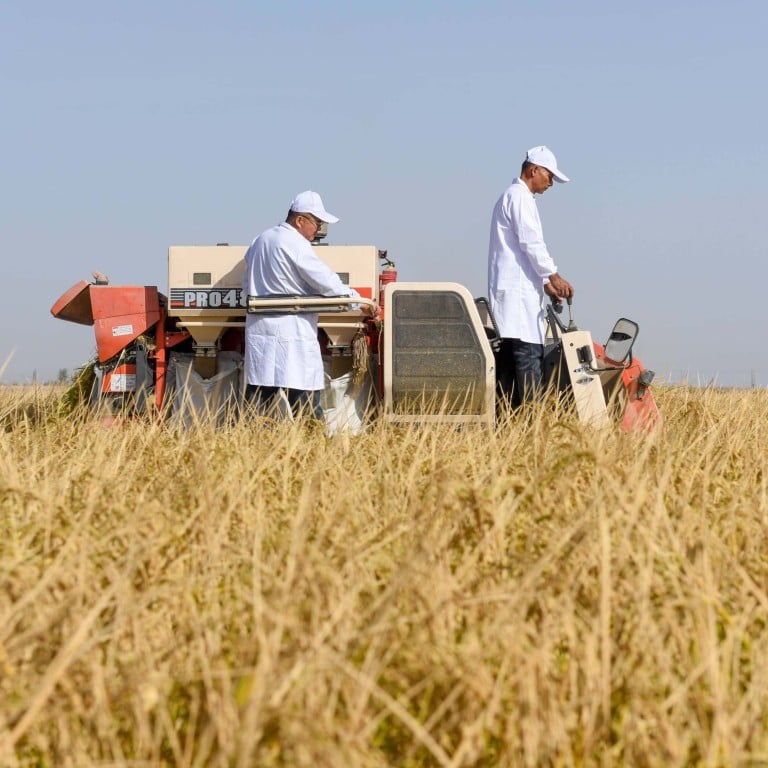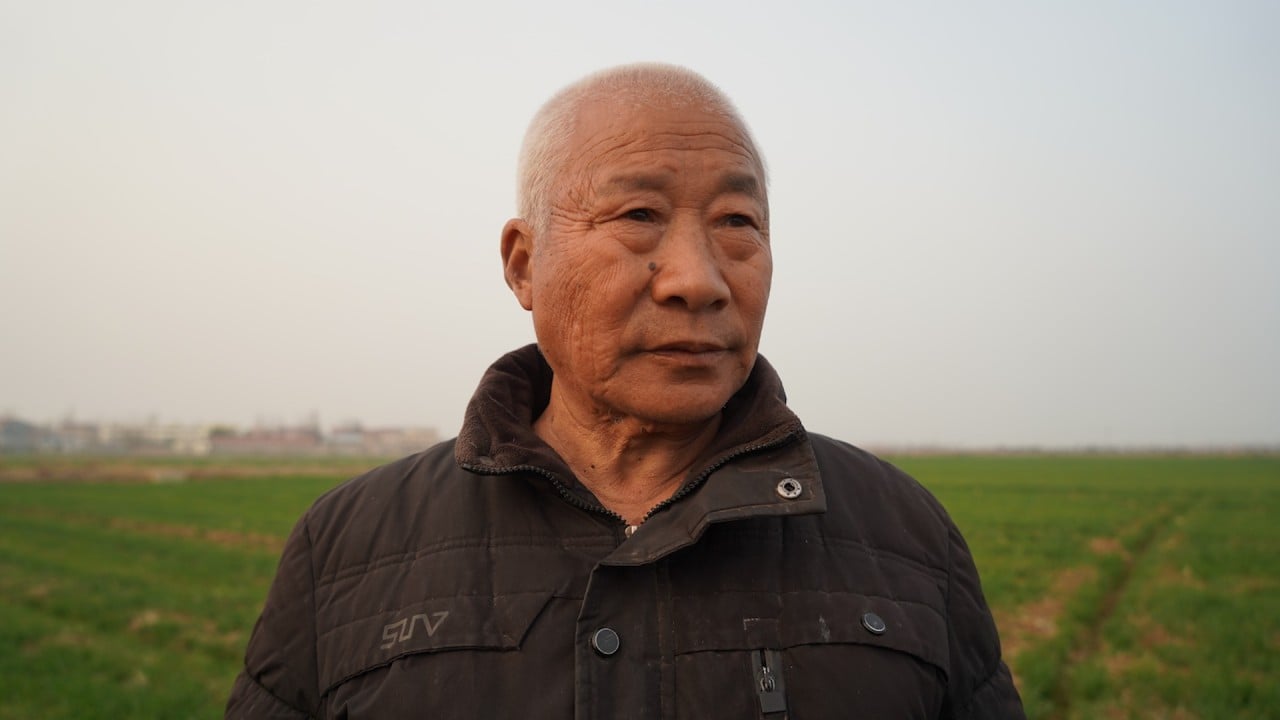
Explainer | 6 things to know about China’s GM food development amid Beijing’s food security push
- China has approved genetically modified (GM) soybeans, corn, cotton and papaya to be grown for commercial purposes
- Around 267,000 hectares (660,000 acres) of GM crops were planted as part of trial projects last year
With Beijing’s increasing emphasis on food security, a new era for China’s seed industry began last year when regulators made a major push for the use of genetically modified (GM) food by approving large-scale, commercial planting of two staple crops.
After over a decade of debate and prudent trial planting, China is accelerating commercialisation of higher-yielding GM crops as part of its efforts to improve agricultural efficiency in response to President Xi Jinping’s call for greater self-sufficiency to feed its 1.4 billion people.
1. What types of GM crops are being grown in China?
GM soybeans, corn, cotton and papaya have been approved to be grown for commercial purposes in China, according to the Ministry of Agriculture and Rural Affairs, which oversees the application of the technology.
Over the past decade, the ministry has limited commercial planting to papaya and cotton, but expanded the scope significantly in October 2023 by giving the greenlight to 37 GM corn varieties and 14 GM soybean varieties.
Explainer: Land has played a key role in China’s economic rise, but is it time for reform?
And in a second batch in March, it also approved 27 additional corn and three soybean varieties.
China relies heavily on overseas suppliers for soybeans, with shipments of the oil-rich seeds accounting for over 60 per cent of its 160 million tonnes of food imports last year.
Soybean imports climbed by over 11 per cent last year from 2022 to 99.4 million tonnes.
2. Which breeders are involved in China’s GM food development?
According to the two batches announced by the ministry of agriculture, Beijing Dabeinong Biotechnology, Beijing Lantron Seed and Shandong Denghai Seeds are among the listed companies that own the most approved varieties.
China National Seed Group, a subsidiary of industry leader Syngenta Group China, also owns five varieties.
Syngenta is wholly owned by state-owned chemical giant ChemChina following a US$43 billion deal in 2017.
State-backed agricultural science academies in Heilongjiang, the Inner Mongolia autonomous region, Beijing and Hebei also account for over a dozen of the approved varieties.
3. Do foreign firms have access to China’s GM food market?
Foreign investment in GM variety breeding and seed production is generally prohibited, although contradictory provisions exist in different regulations.
Various versions of China’s negative list for foreign investment since 2002 have included development and production of GM crops.
China’s seeds, in an agricultural choke hold, must see breeding advancements
But the Ministry of Agriculture’s regulations on the safety of GM organisms has left room for manoeuvre by stating that such investment should be approved by the State Council.
4. Where can GM crops be planted in China?
The approved varieties are only allowed to be grown in designated areas, namely parts of Gansu, Inner Mongolia, Yunnan and Hubei, according to licences issued to the breeders published by the ministry of agriculture in December.
There are no official figures on the total size of GM crops grown in China, but the state-owned Securities Times newspaper said in August that around 267,000 hectares (660,000 acres) of GM crops were planted as part of trial projects last year, citing industry insiders.
5. What are the requirements for labelling GM food in China?
China requires mandatory labelling if a product contains or is processed from GM crops.
But the regulations are expected to be relaxed following a proposed amendment in October.
In the draft amendment, the ministry of agriculture said manufacturers would only be required to disclose the GM contents if it exceeded 3 per cent of the overall mass of the product.
Explainer: China sows the seeds for food security with comprehensive industry inspections
Requirements based on the percentage of GM material are widely adopted in the United States, Europe and Japan.
The amendment is set to be enforced before the end of the year, the Shanghai-based The Paper reported in March.
6. What are the prospects for the GM food market in China?
Analysts expect China’s GM food market to grow substantially in the coming years.
GM corn and soybean would generate a new market worth 7 billion yuan (US$968 billion) in the next eight years based on similar trends in the US, Kaiyuan Securities said in November.
China Galaxy Securities estimated that in terms of planting area, GM varieties would account for about 40 per cent of corn and soybean crops grown in China in the next six years.


.jpg?itok=t8OJmsoF)
